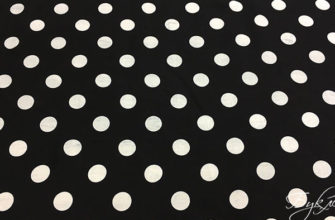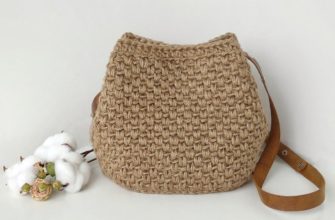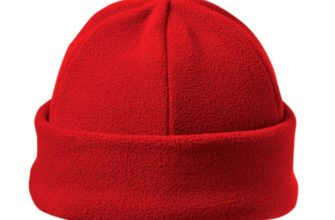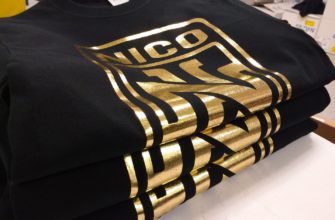Thinsulate insulation is one of the types of material used for sewing outerwear. The market offers a wide range of fillers for winter jackets. It is important for the consumer that the clothes are not only beautiful, but also warm. Thinsulate is one of the best options for those who need warm protection in the coldest time of the year.
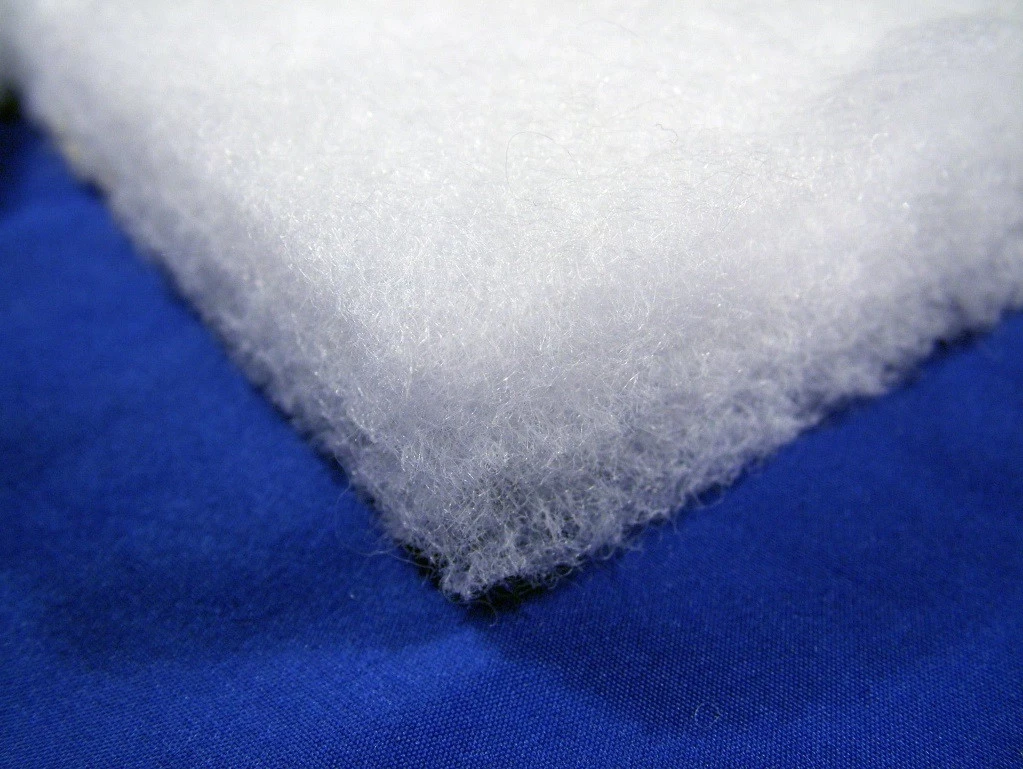
- What is it
- History of insulation, how it works
- Material properties
- Types of Thinsulate for Outerwear
- The right choice of clothes
- How to care for products
- How to wash clothes on Thinsulate
- Let's compare with other insulation materials
- Isosoft or Thinsulate
- Thinsulate or Holofiber: Which is Better?
- Thinsulate or sintepon: which is better
- Reviews
What is it
Thinsulate insulation - what is it? It is a cluster of microfibers that are bonded together by a non-woven shell. There are types of insulation without a shell. The main feature is the softness and lightness of the fabric.
There are five types of material, which differ from each other in thickness:
- The classic, marked with the designation "C", has a density of up to 263 grams per square meter, and a thickness of up to 1.5 cm. This is the lightest and thinnest material, but nevertheless it is twice as warm as its analogues.
- Type marked "P" with a density of 100 g/m2. Composed of 100% polyester, shell on both sides. This is the most economical type of insulation in this category.
- Type "B" insulation is characterized by a density of up to 400 g per square meter and a thickness of up to 0.8 cm. It is resistant to repeated compression without losing its thermal insulation properties.
- The most voluminous material presented by manufacturers is considered to be the type "TIB". It is used under down-proof fabric. The density reaches up to 190 g per square meter.
In stores, you can most often find insulation of category "P". Its price varies depending on the area and can reach 900 rubles.*
History of insulation, how it works
Thinsulate filler appeared on the Russian market more than 30 years ago. It was first manufactured on installations that were used to make adhesive tape. The new technology made it possible to obtain a light and warm synthetic insulation, which has found wide application in outerwear.
To understand what Thinsulate is, it is recommended to clarify its composition. The material contains polyester fibers that are twisted into spirals. The insulation is considered an artificial substitute for fluff. Its advantage is its small thickness compared to other fillers.
Please note! If you compare the thickness of the fabric with a human hair, the material will be 60 times smaller!
Initially, the goal of developing this type of insulation was to use the fabric for sewing clothes for astronauts and workers in the Arctic Circle. Therefore, the main task was to create the warmest material that could withstand critically low temperatures.
In the 60s of the last century, an order for thinsulate insulation was made by NASA. It was intended to equip astronauts. The result of scientific developments was presented in the early seventies by the company "3M", located in America. The resulting non-woven material fully met the stated requirements.
For about 10 years, the insulation was used only for sewing clothes for astronauts. Only since 1979 it has been available for free sale. Since the 2000s, it has been the most popular material used for sewing sportswear.
The operating principle of the insulation is interesting. It is based on the air that is inside the insulation layer. The technology works as follows:
- The volume of insulating materials is formed from fibers between which air is located.
- Thermal retention depends on how much air is contained in one unit of volume.
- It is held inside the insulation thanks to the smallest interweaving of fibers.
- If the thickness of the fibers is reduced, the total area will increase.
- The volume of trapped air will be greater the larger the area of the fibers.
When asked what thinsulate is, we can say that it is a unique material with microfiber, the surface area of which is 10 times larger than that of other insulation materials.
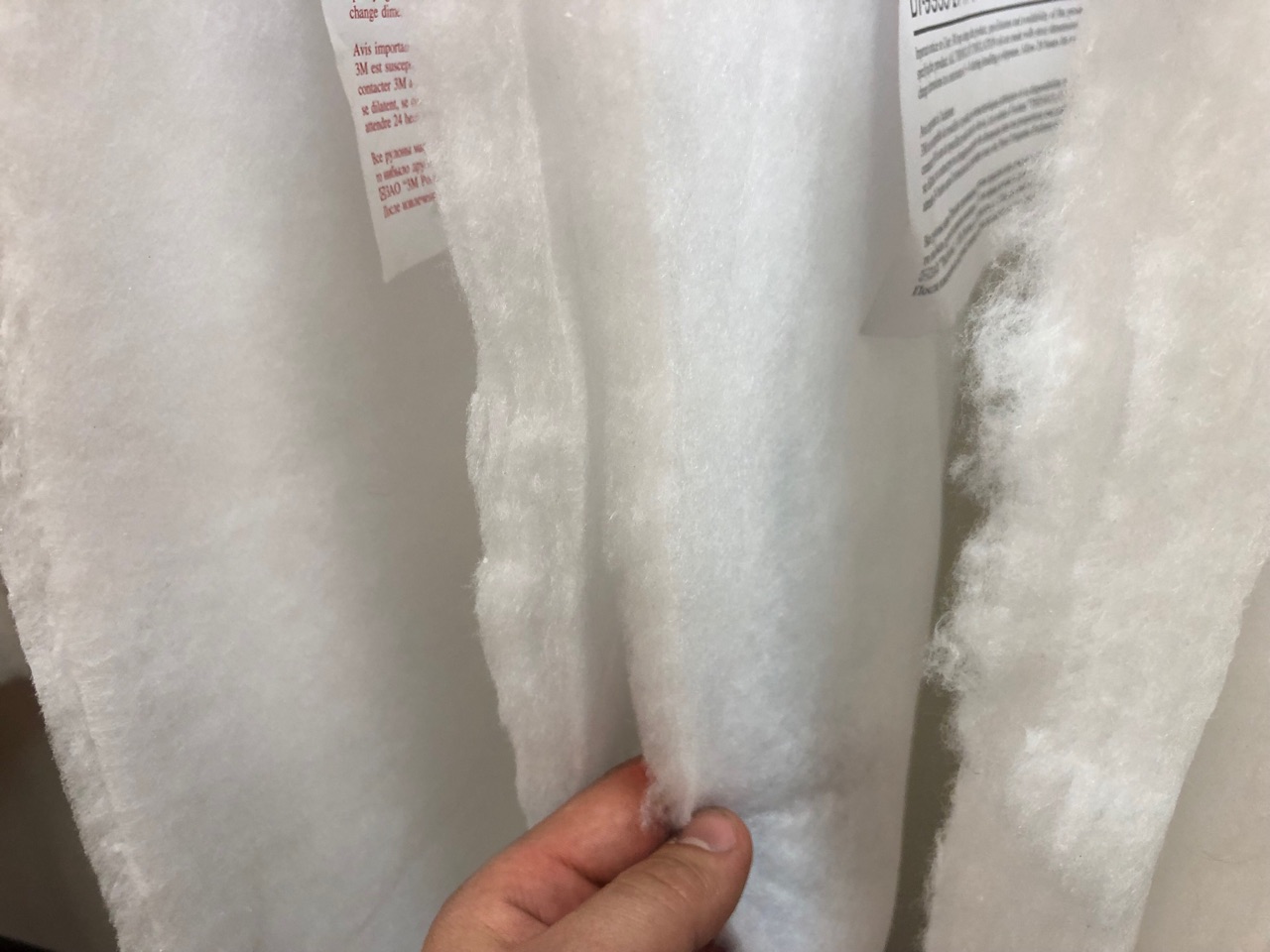
Material properties
Depending on the type of material, it is determined what temperature the thinsulate is designed for. It is able to protect in winter at frosts from -30 to -60 degrees. If we compare this indicator with down, the second material loses by 1.5 times.
The distinctive properties of the insulation are:
- Insulation fibers have minimal water absorption. It is less than 1% of the material weight. Natural fillers, in contrast, are capable of absorbing up to 70%.
- Insulate has the smallest thickness and weight. Thanks to this, it is possible to sew a comfortable warm product, not burdened with excess weight.
- The filler fully complies with European quality standards. Its main advantage is hypoallergenicity.
- Thinsulate does not bunch up or shrink. This was achieved by using special fiber bonding technologies.
- It has high vapor permeability.
- The material is resistant to compression. It does not lose its heat-insulating properties even after being compressed.
But the insulation also has its drawback. Due to the fact that the material has a high degree of air permeability, it can only be used effectively with high-quality coatings.
Types of Thinsulate for Outerwear
Speaking about what thinsulate is, we mean a material intended for insulating shoes, clothes, steel bags and blankets. For outerwear, the following is used:
- Category "C" - used for fashion outerwear, gloves, leather goods, headwear.
- "B" is used for shoe production.
- The category "TIB" is suitable for sewing sportswear, bedspreads, sleeping bags and blankets.
- Professional and children's clothing is made from type "P" material.
- Special clothing for work with explosive substances is made from insulation of category “FR”.
Types of outerwear, in the sewing of which Thinsulate is used, are also classified depending on weather conditions and temperature indicators:
- The highest stretchability and elasticity indices are found in the Flex group insulation. It is used for clothing intended for active recreation and work with heavy physical loads.
- Classic Comfort is a classic type of insulation for non-professional sportswear. It is used to insulate mittens and gloves.
- Ultra is a category used for filling casual outerwear and ski suits.
- For equipment in active tourism, the Lite Loft category is used.
A separate category of material is distinguished, which is used in the production of clothing that is resistant to critical temperatures.
The right choice of clothes
The selection of the right wardrobe should be carried out. taking into account the purposes of use. For this, the quality characteristics of the material and its type are taken into account. In order to make not only the right, but also a quality purchase, you should give preference only to proven manufacturers.
How to care for products
There is no need to store clothes made of unique microfiber under special conditions. In summer, clothes can be kept in a closet on hangers. To protect the product from dust, you can put covers on them.
The drying time of the item depends on the type of material the lining is made of. After washing, items should be kept straightened out horizontally, but not on hangers.
The ironing process is carried out at a temperature not exceeding 45 degrees without steaming. When buying, it is best to check the material. To do this, a piece of the lining of the product must be crumpled in your hand, if after restoration there are many folds, it is best to choose another thing.
How to wash clothes on Thinsulate
You can wash clothes made of Thinsulate both by hand and in a washing machine. If you choose machine washing, you should do it only on a gentle cycle. The water temperature should not be higher than 40 degrees, and the number of revolutions should not exceed 600.
Liquid detergents with mild properties should be chosen from detergents. Due to the strength of the material, the number of washes can be unlimited. Professional dry cleaning of clothes is acceptable.
Let's compare with other insulation materials
Manufacturers use different types of insulation to make outerwear and sportswear. When choosing a thing, you need to focus on the quality characteristics of the material.
Isosoft or Thinsulate
Isosoft is a type of insulation material consisting of polyester balls. All the space between them is filled with air. Due to the air layer, it is very warm. In terms of quality characteristics, both types of insulation are very similar to each other. The downside of isosoft is its high cost.
Thinsulate or Holofiber: Which is Better?
Thinsulate is superior to holofiber in many respects. It is more practical, warmer, less capricious in care and washing. But the second insulation is much more attractive in the price category.
Thinsulate or sintepon: which is better
Sintepon has always been the most popular type of insulation until thinsulate and holofiber began to be actively distributed on the market. Sintepon is significantly inferior in its properties. It is a heavy material that requires complex care. It is difficult to wash, and products made of sintepon are bulky.
Reviews
Maria, Nevinnomyssk: “My husband has to spend a lot of time outdoors due to his work, including in winter, in severe frosts. I used to always buy him men's down jackets, but they still didn't help at very low temperatures. Friends advised me to try two types of insulation. I spent a long time studying which was better - Thinsulate or Holofiber. I decided to try Thinsulate. I read the characteristics, and it was just what we needed. In the end, we are very happy. My husband doesn't freeze anymore, even if it is very cold. And I have no problems with washing compared to down jackets.”
Svetlana, Birobidzhan: “I have been working in an outerwear studio for many years. At first, we took orders for jackets with synthetic padding, but there were a lot of problems. Sewing such insulation is extremely inconvenient. Once we received an order for sewing professional clothing for workers from thinsulate. It was the first time I encountered this insulation and was amazed. How convenient, light, and warm it is. The seams do not spread, it is easy to sew and baste. The items are neat and compact. Now we offer this material to all our clients.”
Thus, Thinsulate is one of the best insulation materials that will protect you in the most severe frosts, without creating extra volume and without causing any inconvenience during use.
*Prices are valid for August 2019

